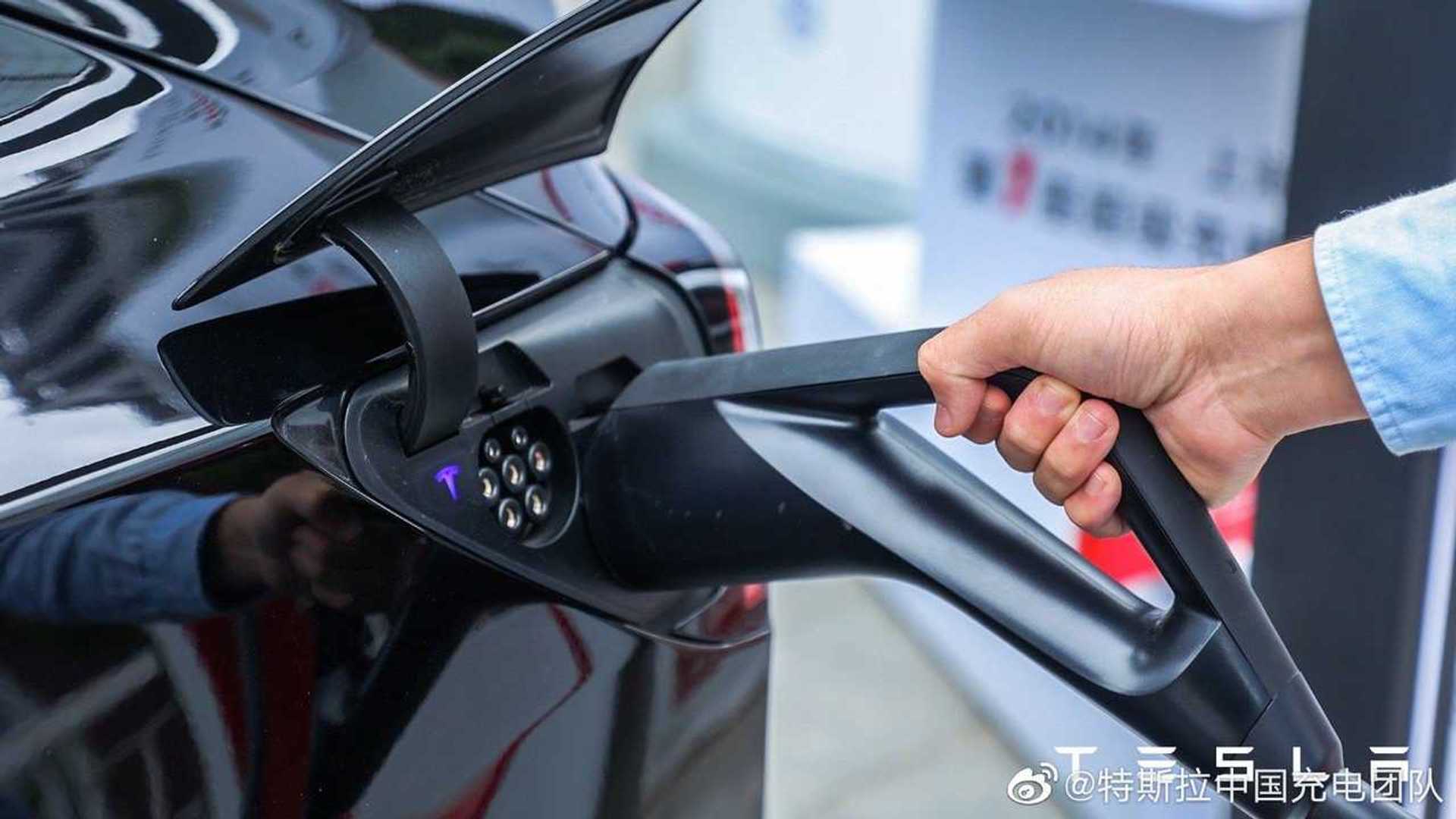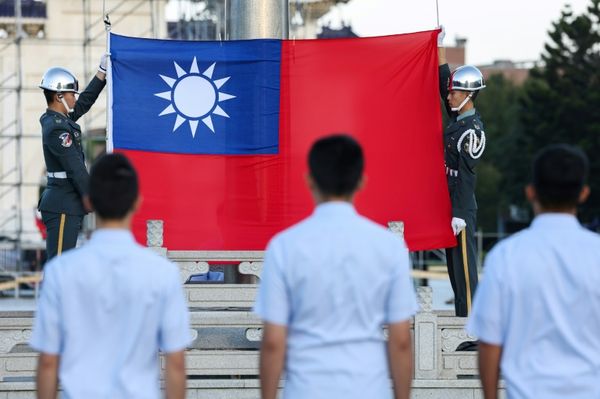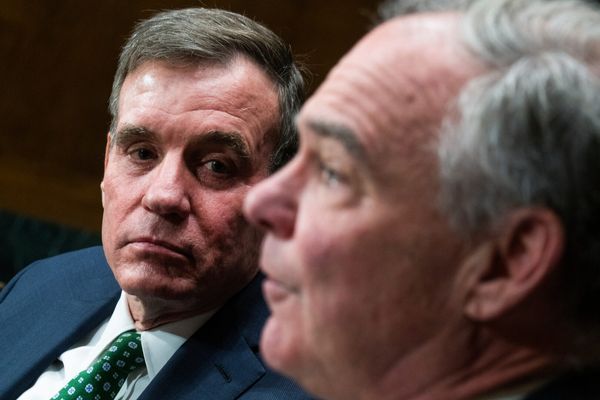
Disrupted power supplies, related to drought and heatwave in China, affected EV charging infrastructure in some areas.
According to Bloomberg, the Sichuan province experiences the nation’s worst drought since the 1960s, which forced it to slash hydropower generation. On the other hand, a heatwave significantly increased the demand for electricity (most likely air conditioning).
Now, there are multiple reports about halted manufacturing plants (including Toyota's car plant and CATL's battery plant). On top of that, some EV charging stations have been taken offline or limited in power/off-peak use only.
The report indicates that Tesla Superchargers and NIO battery swap stations were affected in Chengdu and Chongqing cities, which definitely is not good news for EV drivers.
NIO posted temporary notices for its customers that some battery swap stations are out of use because of the "severe overload on the grid under the persisting high temperatures." Let's recall that a single battery swap station might contain more than 10 battery packs, which are charged simultaneously (the total power usage might easily be above 100 kW).
Tesla reportedly turned off or limited the output at more than a dozen Supercharging stations in Chengdu and Chongqing, leaving just two stations for use and only at night. Fast chargers require even more power than battery swap stations. In the case of the V3 Supercharging stall, it's 250 kW, while the largest stations with dozens of stalls use up to several megawatts. Those are serious loads for the grid, comparable to a large factory or a train.
General charging service providers are also experiencing issues, which reminds us that countries around the world must increase spending not only on the charging infrastructure, but also on power plants, power lines, and energy storage systems.
Otherwise, in periods of peak demand and limited supply, EV drivers might be heavily affected. It's high time to start preparing, before the EV share in the overall vehicle fleet increases from a percent or two to 20%, 50%, or 100%.







